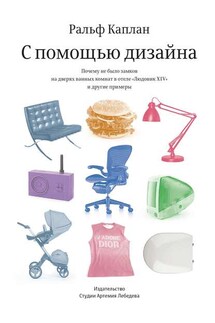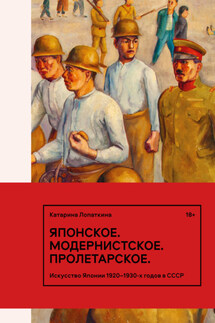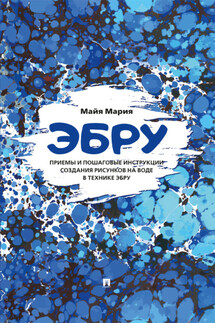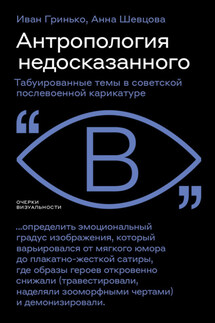Edgar Degas - страница 6
But whereas Moreau’s paintings exude an air of latent or even overt homosexuality, the same cannot be said of Degas’. There are accounts of Degas chatting in mellow and contented moods with models and dancers towards the end of his life, but it seems likely that, in common with many 19>th-century middle-class men, he was afraid of and found it hard to relate to women of his own class. His more outrageously misogynistic pronouncements convey a strong sense of his fear.
‘What frightens me more than anything else in the world is taking tea in a fashionable tea-room. You might well imagine you were in a hen-house. Why must women take all that trouble to look so ugly and be so vulgar?’ or ‘Oh! Women can never forgive me. They hate me. They can feel that I leave them defenceless. I show them without their coquetry, as no more than brute animals cleaning themselves!… They see me as their enemy – fortunately, for if they did like me, that would be the end of me!’
Degas’ portraits of middle-class women have faces, unlike his dancers, prostitutes, laundresses, milliners, and bathers who are usually stereotyped or quite literally faceless. On the other hand, these middle-class women may seem intelligent, rational, and sensitive, but are nevertheless a grim lot, without warmth or sensuality. Many of Degas’ female relatives seem to be overwhelmed by frigid and loveless melancholy. His nieces Giovanna and Giulia Bellelli turn from one another without the slightest trace of sisterly intimacy or affection. Grimmest of all is the portrait of his aunt, the Duchess of Montejasi Cicerale, and her two daughters in which the implacable old woman seems to be separated from her offspring by an unbridgeable physical and psychological gulf.
The theme of tension and hostility between the sexes underlies many of Degas’ most ambitious works of the 1860s, both in genre-like depictions of modern life such as Pouting and Interior (formerly known as The Rape and probably inspired by Émile Zola’s novel Thérèse Raquin) and in elaborate historical scenes such as Young Spartans Exercising and Scene of War in the Middle Ages. This last – the most lurid and sensational picture Degas ever painted – shows horsemen shooting arrows at a group of nude women. The women’s bodies show no wounds or blood, but fall in poses suggestive more of erotic frenzy than of the agony of death. From the time that Degas reached maturity as an artist in the 1870s, most of his depictions of women – apart from a few middle-class portraits – include more than a suggestion that the women are prostitutes. Prostitution in 19>th-century Paris took a wide variety of forms, from the bedraggled street-walker desperate for a meal to the ‘Grande Horizontale’ able to charge a fortune for her favours. Virtually any woman who had to go out to work and earn a living was regarded as also liable to sell her body. So it was that Degas’ depictions of singers, dancers, circus performers, and even milliners and laundresses could have disreputable connotations for his contemporaries that might not always be apparent today.
A Woman Ironing, 1873.
Oil on canvas, 54.3 × 39.4 cm.
The Metropolitan Museum of Art, New York.
The Dance Class, c. 1873–1876.
Oil on canvas, 85.5 × 75 cm.
Musée d’Orsay, Paris.
It was during the Second Empire (from 1852 to 1871) that Paris consolidated its reputation as the pleasure capital of Europe. That ‘love for sale’ was one of the chief attractions of Paris for foreign visitors is made abundantly clear by the operetta






